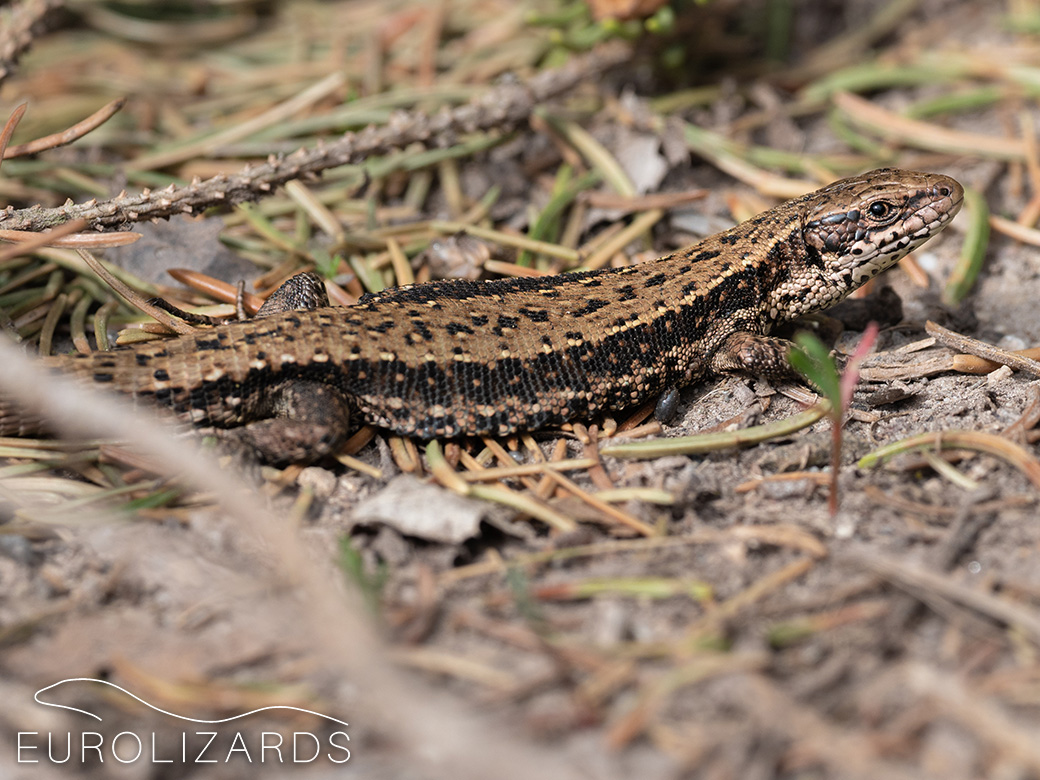Zootoca vivipara - Viviparous Lizard

Zootoca is a monotypical genus with its only representative being Zootoca vivipara: A stunning species, as it is the only Lacertid which usually does not lay eggs but gives birth to fully developed young. Doing so, it is tolerant to cold temperatures and therefore inhabits regions which are unsuitable for other lizards.
In consequence, the Viviparous Lizard was able to populate a huge area in northern Eurasia from northern Spain in the west to Japan in the east - it occurs even north of the Arctic Circle. In terms of geographical distribution, it is maybe the most successful living reptile. So watch out at your next walk in the forest: these inconspicuous brownish lizards are real evolutionary stars!
Besides of the viviparous nominate subspecies, two oviparous subspecies have been described:
- subspecies louislantzi in the Pyrenees and northern Spain and
- subspecies carniolica in northern Italy, Carinthia, Slovenia and northern Croatia. Genetic analysis revealed that the latter one could even be regarded as a separate species.
Zootoca vivipara may be confused with the following species:
- In particular female Podarcis muralis may look similar. But Zootoca vivipara has shorter heads, blunt snouts and no blue outer ventral scales.
- Juveniles or younger females of Lacerta agilis may be similar, but they have deeper heads and usually some rows of lateral ocelli.
- On the northern Balkans Darevskia praticola may be confused with the Viviparous Lizard. The latter one is more compactly built with shorter heads. It inhabits higher mountain habitats.
- In eastern Pyrenees, Iberolacerta aurelioi co-occurs with Zootoca vivipara. Both species have yellow undersides but Zootoca vivipara has shorter heads and a dark vertebral line. It lives in vegetated habitats whereas Iberolacerta aurelioi occurs on barren rocks.








EUROLIZARDS - The Home of European Lizards! © Birgit & Peter Oefinger
